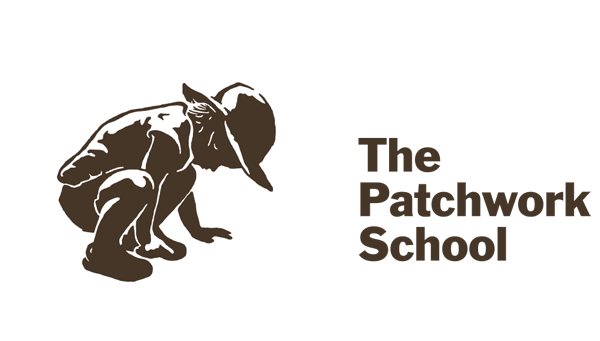There is so much more then what meets the eye. Some people may simply see kids playing with toys in these pictures. Let me tell you what I see…
I see engineers at work. I see skillfully constructed structures/robots/buildings/zoos/airports, built from the ground up. I see critical thinkers using multiple materials, in multiple ways, working to construct the idea/picture/map in their head.
I see mathematicians and scientists. Through play such as this, children are using one-to-one correspondence, and are exploring sorting, counting, and toying with patterns. They are classifying, creating and testing hypothesis, and observing cause and effect.
I see people learning to be people. In these pictures, children are exploring cooperation and teamwork. They are listening, communicating, negotiating, using creative problem-solving skills, building self-confidence, as well as empathy and respect.
Most importantly, I see joy!
“Nothing lights up a child’s brain like PLAY!”
-Dr. Stuart Brown















